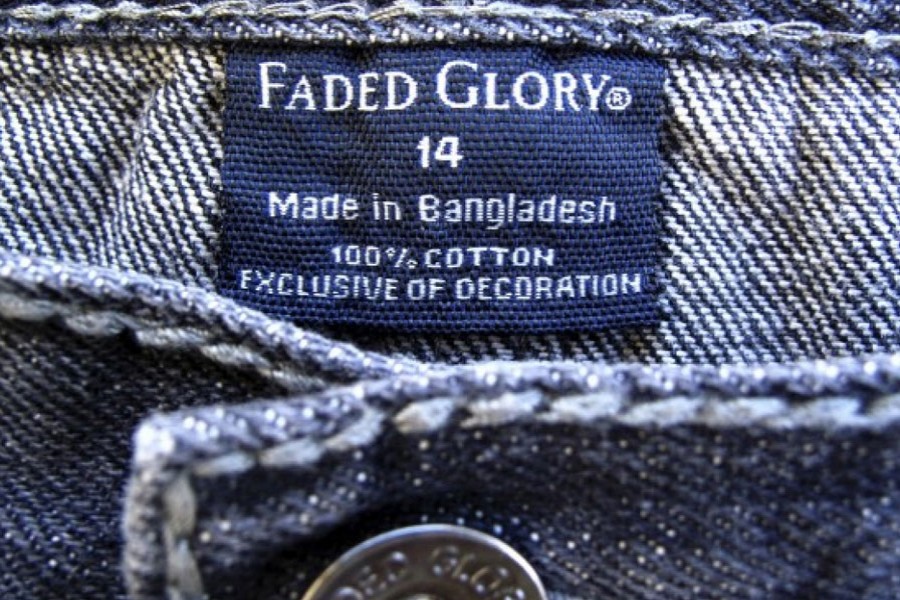Even if anyone has never set foot in Bangladesh, they have likely felt its embrace through the clothes they wear. Each “Made in Bangladesh” tag is more than a label; it is a testament to the dedication and craftsmanship embedded in every garment. These clothes, which touch lives in over 150 countries, carry with them a narrative of a nation’s remarkable journey and the resilient spirit woven into each stitch.
A Legacy of Craft and Care
Imagine the bustling villages of Bengal centuries ago, where artisans wove Muslin—a fabric so light it felt like a caress. This wasn’t just cloth; it was a labor of love and skill, embodying centuries of tradition. Alongside Muslin, the Dhakai Jamdani emerged as a masterpiece of weaving, reflecting the heart and soul of Bangladeshi weavers.
Fast forward to the 1980s. Bangladesh was recovering from turmoil, and a visionary named Nurool Quader Khan saw a chance to build something new. He sent 130 young men to South Korea to learn garment production, then started “Desh Garments,” the country’s first export-focused factory. This was more than business—it was about creating opportunities and brighter futures for many.
With those trainees, Mr. Khan set up the first factory “Desh Garments” to produce garments for export. At the same time, the late Akhter Mohammad Musa of Bond Garments, the late Mohammad Reazuddin of Reaz Garments, Md.  Humayun of Paris Garments, Engineer Mohammad Fazlul Azim of Azim Group, Major (Retd) Abdul Mannan of Sunman Group, M Shamsur Rahman of Stylecraft Limited, the first President of BGMEA, AM Subid Ali of Aristocrat Limited also came forward and established some of the first garment factories in Bangladesh.
Humayun of Paris Garments, Engineer Mohammad Fazlul Azim of Azim Group, Major (Retd) Abdul Mannan of Sunman Group, M Shamsur Rahman of Stylecraft Limited, the first President of BGMEA, AM Subid Ali of Aristocrat Limited also came forward and established some of the first garment factories in Bangladesh.
Following their footsteps, other prudent and hardworking entrepreneurs started RMG factories in the country. Since then, Bangladeshi garment industry did not need to look behind. Despite many difficulties faced by the sector over the past years, it has carved a niche in world market and continues to show robust performance.
Since the early days, different sources of impetus have contributed to the development and maturity of the industry at various stages. In 1994, the industry learned about child labour and successfully made the industry free from child labor in 1995.
From Small Beginnings to Global Impact
In 1982, Bangladesh had just 47 garment factories. By 2020-21, that number had skyrocketed to around 4,756. Today, Bangladesh proudly stands as the world’s second-largest apparel exporter. Behind these numbers are countless stories of hard work and determination—from factory workers who craft each piece with care to entrepreneurs who dared to dream big.
The industry has faced its share of struggles, including the phase-out of the Multi Fibre Arrangement (MFA) and the heartbreaking factory collapse in 2013. Yet, through these challenges, Bangladesh has remained resilient. In fact, a 2020 report highlighted its commitment to ethical manufacturing, ensuring safety and fairness for its workers.
Leading with Green and Innovation
Bangladesh is also at the forefront of environmental stewardship. Picture factories that not only create garments but also care deeply for the planet. With 145 green-certified factories—42 of them Platinum-rated—Bangladesh is leading the world in sustainable manufacturing. The Bangladesh Garment Manufacturers and Exporters Association (BGMEA) has received awards like the 2021 USGBC Leadership Award for its dedication to eco-friendly practices.
Empowering Lives and Enriching Communities
The impact of the garment industry is profoundly human. It has created millions of jobs, particularly for women, leading to significant social changes. More women are educated, early marriages have declined, and health has improved. Factories are also making strides in worker welfare, offering education, daycare, and healthcare. The BGMEA University of Fashion and Technology is nurturing local talent and driving innovation.

Why Bangladesh?
Bangladesh is a trusted hub of apparel sourcing across the globe. More than 150 countries import ready-made garments from Bangladesh for:
A Future Full of Promise
As Bangladesh’s garment industry looks ahead, it’s committed to sustainability and global standards. The focus is on reducing environmental impact and embracing innovation, ensuring that each garment not only looks good but does good.
In essence, Bangladesh’s garment industry is a vibrant tapestry of resilience, creativity, and care. Each garment is a testament to the people who make it—a story of dedication and hope woven into every stitch that reaches around the world.

